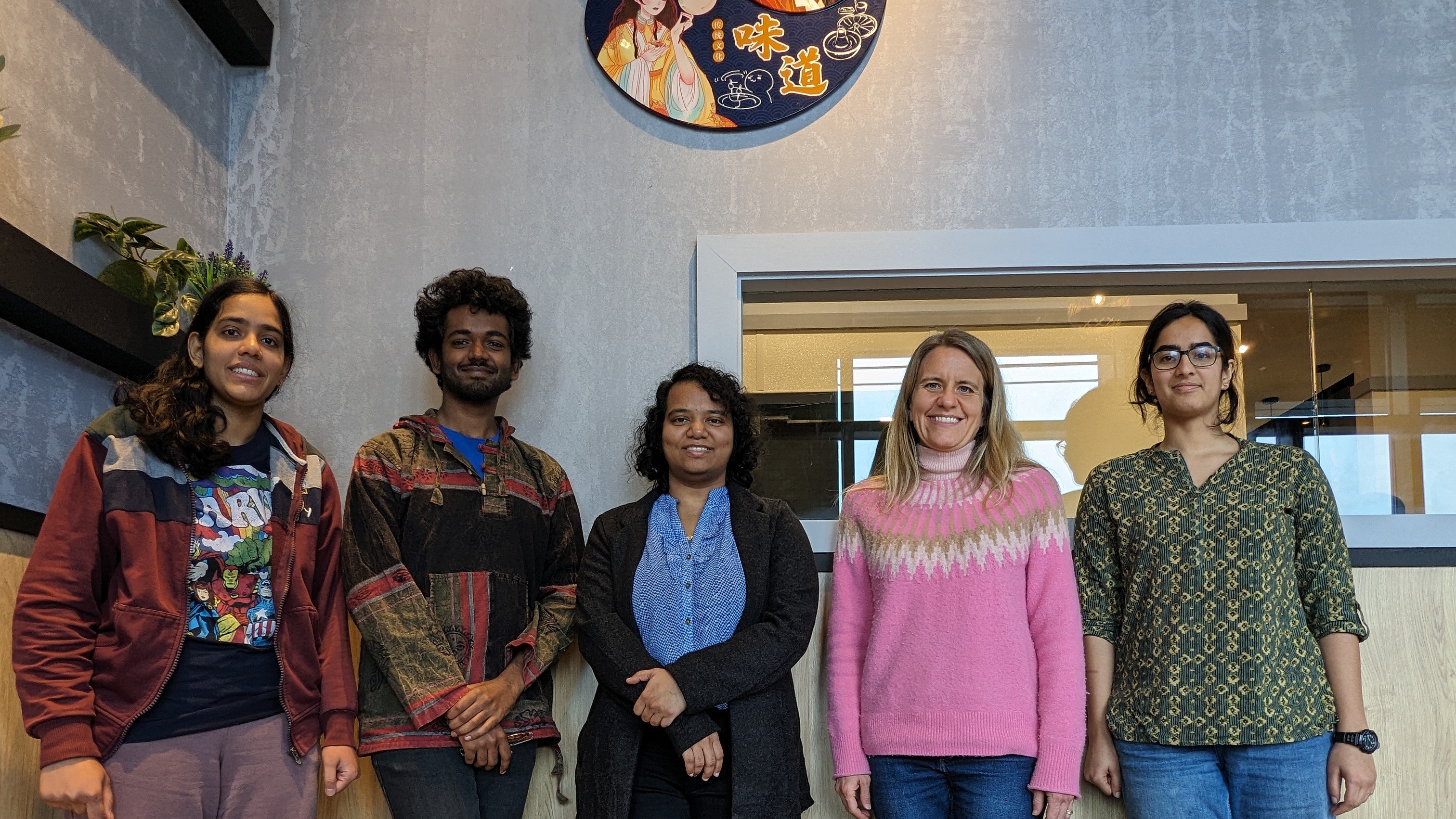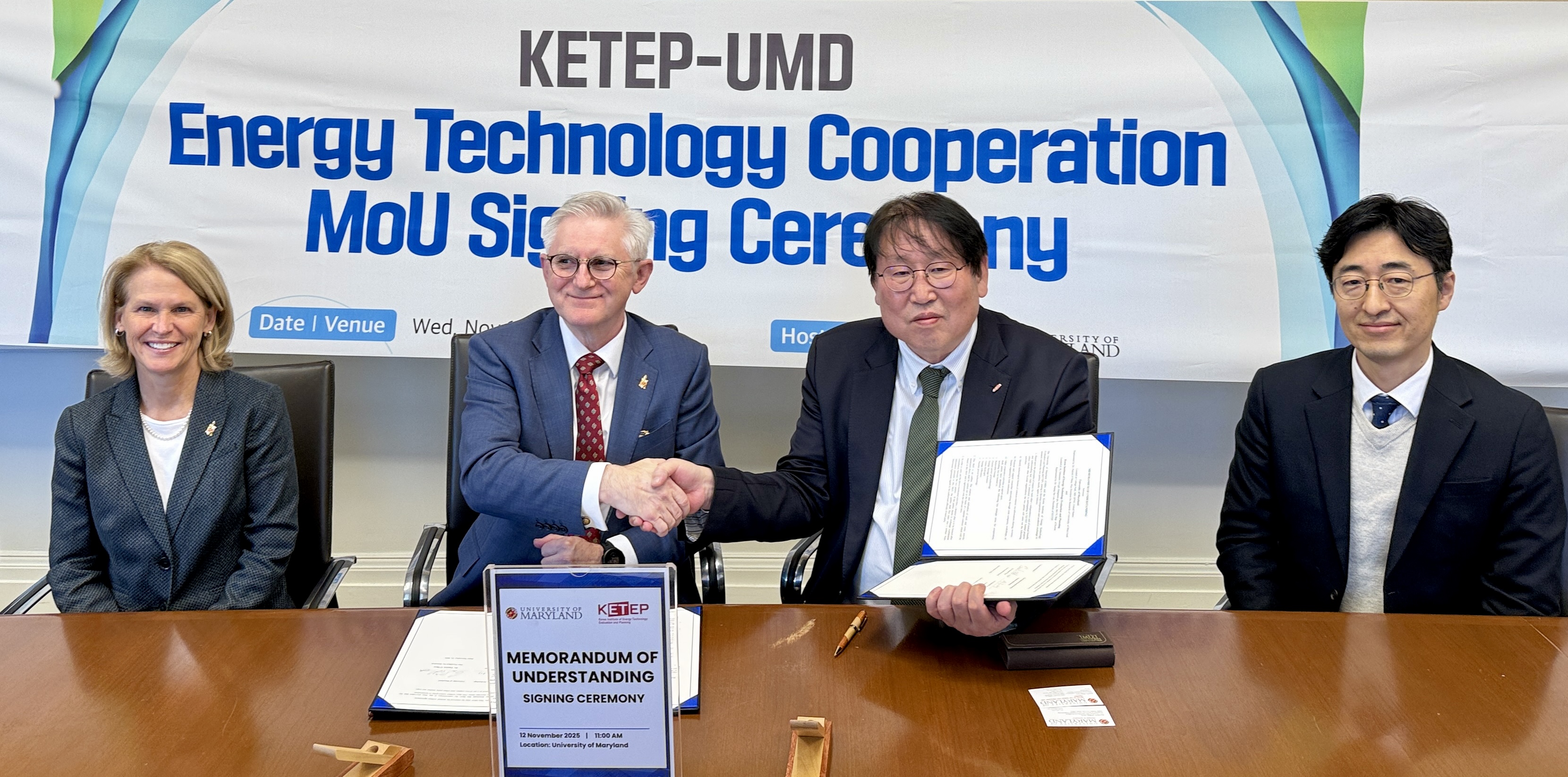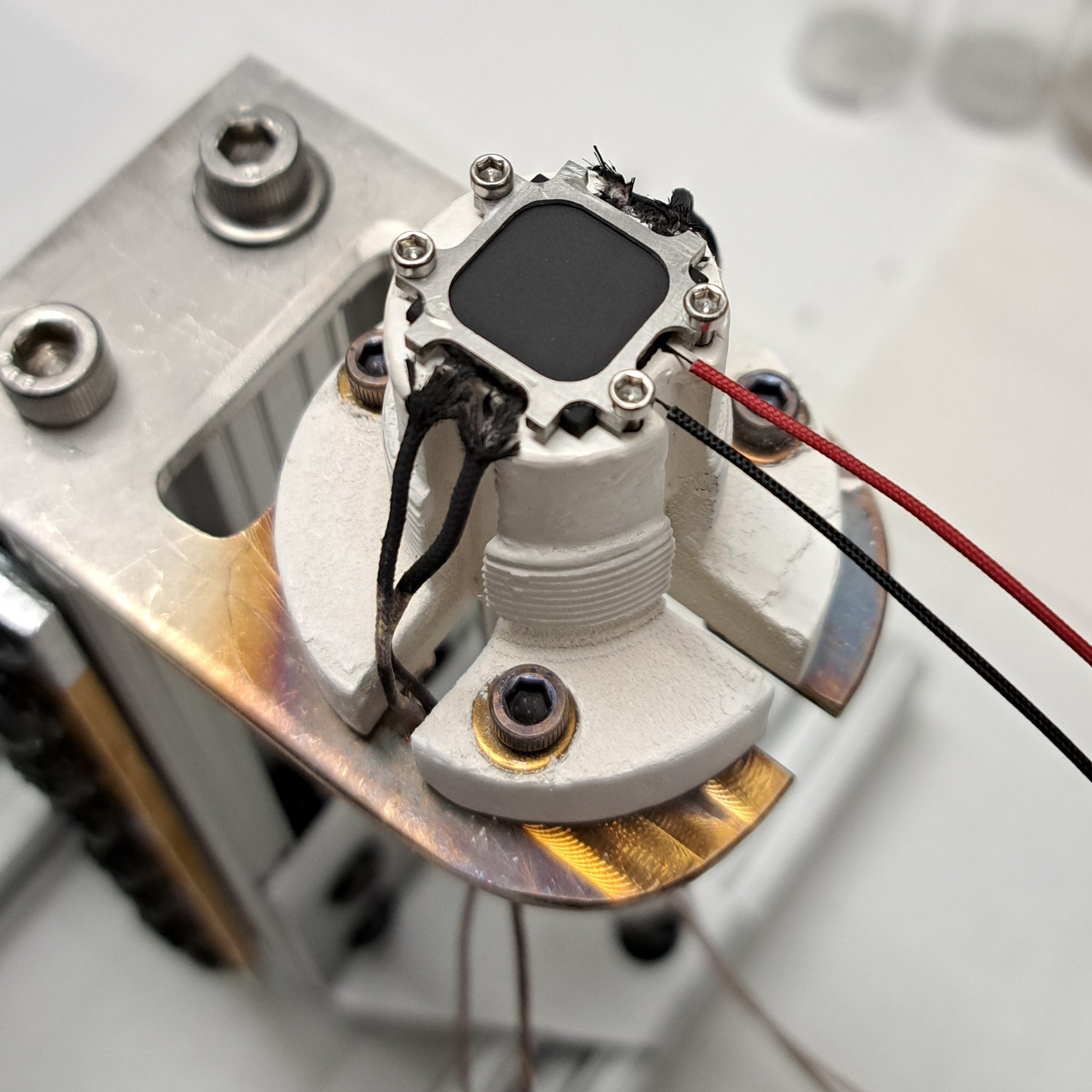Discovery Led by Professor Cheng Gong Featured in Nature Physics Journal
June 4, 2025
University of Maryland Professor Cheng Gong (ECE), along with his postdocs Dr. Ti Xie, Dr. Jierui Liang and collaborators in Georgetown University (Professor Kai Liu group), UC Berkeley (Professor Ziqiang Qiu), University of Tennessee, Knoxville (Professor David Mandrus group) and UMD Physics (Professor Victor M. Yakovenko), have made a new discovery on controlling the magnetic domain behaviors in two-dimensional (2D) quantum magnet, with a paper published in 2025 July issue of Nature Physics. Titled “High-efficiency optical training of itinerant two-dimensional magnets”, the work developed a new approach to using ultralow-power optical incidence to control the size and spin orientations of the formed magnetic domains.
Generally, nature likes to evolve towards lower energy for the sake of stability. For example, water flows from mountains down to valleys. However, we often see that water puddles are trapped on the hillside, instead of sliding all the way down to the valleys due to the physical barriers that prevent the stream’s continuous drop. In a nutshell, even though a physical system tends to develop itself into the lowest energy state (i.e., ground state), it can be trapped at many local energy minima (i.e., metastable states). Controlling the kinetic process can guide a system into numerous previously unexplored metastable configurations.
In the recent Nature Physics article, Gong’s team sheds light on 2D magnets to control their magnetic phase transition kinetics, easily weaving a plethora of distinct metastable spin textures onto the atomically thin magnetic flatlands. “The stereotype notion is that a material’s properties are set once its atomic composition and structure are set,” Gong explained, “this is not always the case. The electron spins can arrange themselves in distinct spatial patterns on top of an atomic lattice. Each spin pattern corresponds to the series of associated physical properties magnetically, electrically, optically, and even thermally. This means that one can create numerous quantum materials by magnetic dressing, without the need of changing the material’s compositional skeleton at all."
“The idea is out of the box, yet easily understandable.” Gong further introduced their design, “we implant optically excited spin polarized electrons as tiny magnetic seeds throughout the 2D magnet, by shining a circularly polarized light during the cooling process. When a large-size 2D magnet flake is cooled down across its magnetic phase transition temperature, the electron spins will be aligned to form many domains of either up or down orientation, usually with 50% by 50% populations. However, with the help of magnetic seeds, all the spins nearby can be aligned towards the same orientation following the seeds, resulting in enlarged domain size or even single magnetic domain across the whole material. The orientation of the single magnetic domain can be dictated by the handedness of the circular light”. Their research article includes details on using optical helicity and ultralow optical power density (approximately 20 microwatts per micrometer square) to control the size and orientation of the formed domains. “Well, clearly, this is a non-chemical, reconfigurable method to create artificial quantum materials with arbitrarily designed spin textures, with hopefully on-demand properties,” Gong added.
“The work of the Gong group developed the innovative, non-synthetic method to create artificial quantum magnets by magnetically dressing 2D materials with designed spin textures, potentially reshaping the landscape of quantum materials. This advance is a valuable contribution to the ongoing Quantum Information Science initiatives in the U.S.,” remarked UMD Professor and Quantum Technology Center (QTC) Founding Director Ronald Walsworth.
The novel strategy of optical training of 2D magnets may lead to energy-efficient technology innovations at large. Don Woodbury, Director of Innovation and Partnerships, Clark School of Engineering at University of Maryland, said “The technology developed in the Gong group represent state-of-the-art innovations in 2D spintronic and opto-spintronic devices in ultracompact footprint, with wide implications in integrated nanoelectronics, nanophotonics and magnetoelectric sensors that could find use in both defense and civilian domains.”
Professor Sennur Ulukus, Chair of Department of Electrical and Computer Engineering, University of Maryland, summarized, “The original research led by Professor Gong lies at the intersection of quantum materials and spintronic devices, resonating with the U.S. Quantum Information Science legislation and CHIPS and Science Act. Gong’s sustained high-profile research achievements featured by prestigious journals are successful testimonies of UMD’s quantum and microelectronic workforce.”
The research work published in this Nature Physics article is primarily supported by the grants from the Air Force Office of Scientific Research under award no. FA9550-22-1-0349 and National Science Foundation under award nos. DMR-2340773, FuSe-2425599, DMR-2326944, ECCS-2429994, DMR-2005108 and ECCS-2429995.










